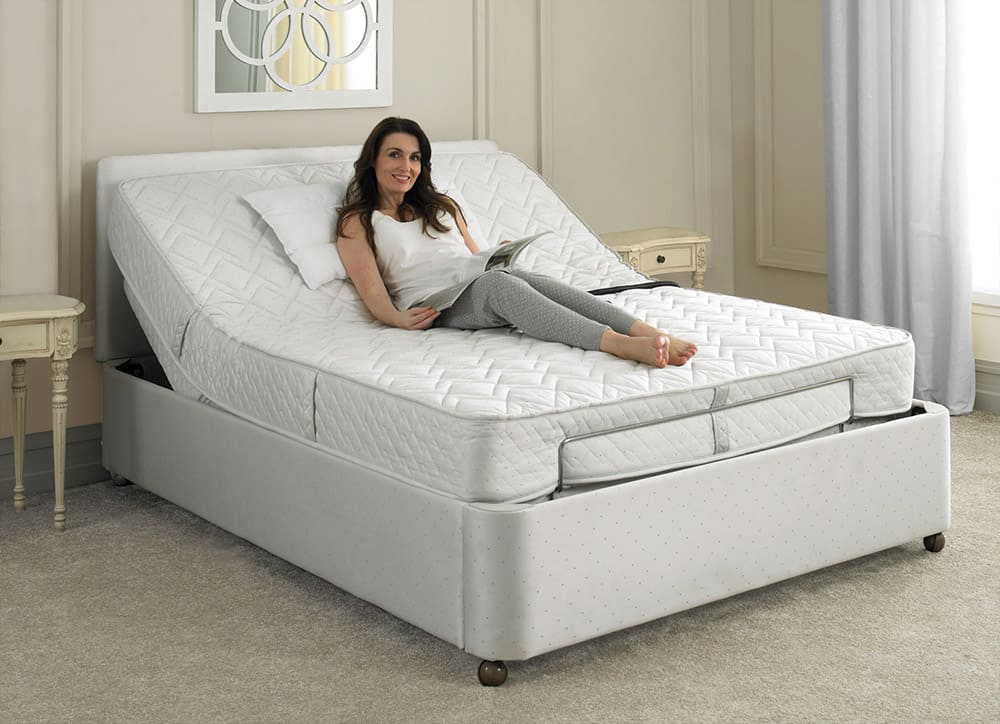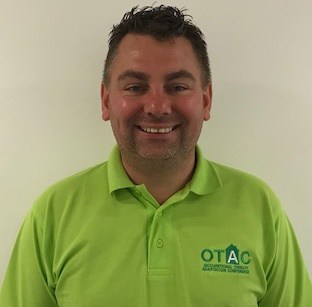The OT’s Perspective: How to assess clients for beds, mattresses and pressure care
Sleep is HUGELY important, and on a daily basis, thousands of occupational therapists will be working with their clients to help them to:
- Get more sleep
- Have a more comfortable night-time arrangement
- Get help with tasks that need completing during the night-time hours
All of these things are hugely important for the simple reason that if a client is getting a good night’s sleep on a regular basis, then good occupational performance and engagement in daily life is far more likely.
On the other hand, if sleep is a struggle, daily activities can then become compromised and chronic illnesses can occur.
Where do OTs fit in?
Occupational therapists use their knowledge of physiology, sleep disorders, sleep hygiene and sleep promotion to look at and address sleep insufficiency in occupational performance areas of daily living.
A brief example of occupational therapy input is a child with Autism
An OT might speak to the child’s family and suggest changes to bedtime routines, patterns and behaviours. They may use methods like reinforced praise to help encourage good night-time behaviour, lightweight or weighted pyjamas to help influence movements, posters that map out a routine and stickers and rewards for good routine.
There will also likely be some emphasis on managing the environment, by introducing calming activities before bed and/or a bathing/showering routine that fits in with the family’s lifestyle.
Key questions to ask users when assessing for beds, mattresses and pressure care:
- Does the person live alone?
- Does the person sleep alone?
- How much time does the person spend in bed – do they have day naps or shorter stints throughout the day and night?
- Any activities undertaken in bed that are important to the client such as reading or watching television?
- Does the person get up at night?
- Can the person lay down from sitting up and vice versa?
- Does the person use equipment to assist with bed mobility?
- Does the person need help to position in bed?
- Is there risk of entrapment?
- Does the person have any pressure areas?
- When at the edge of the bed for sit to stand, is a stick or other equipment required? Is a table or inappropriate equipment currently used?
- What type of mattress is in situ?
- What is the height of the bed?
- What is the width of the bed?
- Does the person reside in bed 24/7?
- Does the person reside in bed for periods of time due to a medical condition?
Where can OTs seek help and advice?
OTs can get help and advice from companies that manufacture healthcare equipment, who can provide good insight into their own products and may be able to suggest products that are not commonly known or funding opportunities available to fund equipment or a new bed.
Often a client will know what they require but costs prevent them making the purchase, so advice and expertise on equipment, bed and funding opportunities is absolutely key.
Stuart Barrow of Promoting Independence is a member of the British Association of Occupational Therapists panel and a recognised contributor in the field of home adaptations. His experience is sought by manufacturers and service providers looking for an expert opinion. He also runs the Occupational Therapy Adaptations Conference
Check out more OT’s Perspectives here for expert advice and insights




